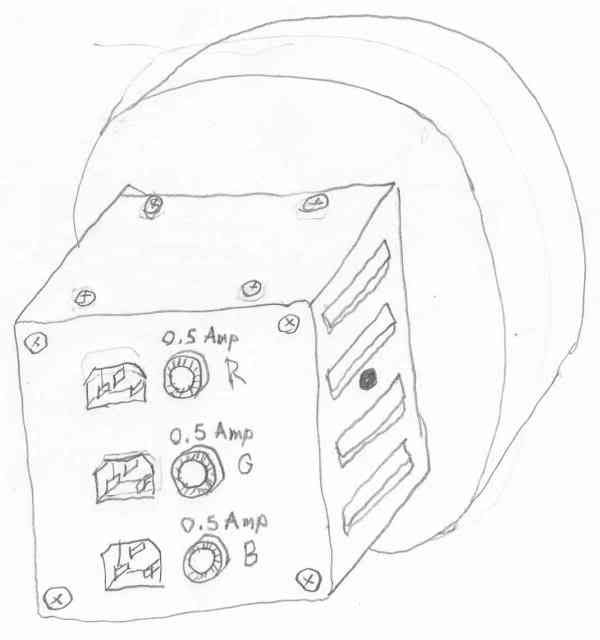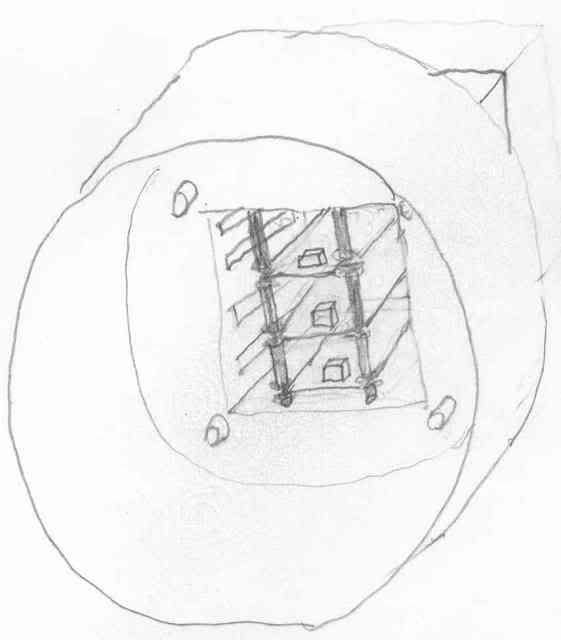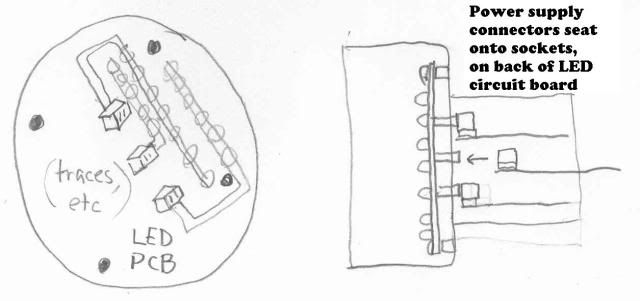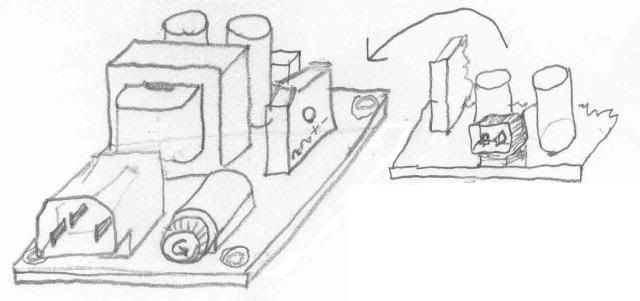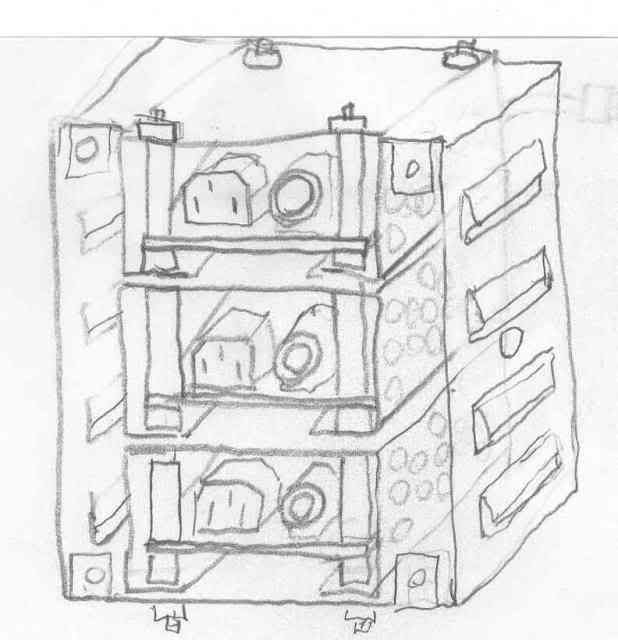Well, let me start off by saying:
There's no way that such a unit would pass UL listing, combining multiple raw AC paths into a single ficture. Such a device would be a hazard waiting to happen.
Plus, with an LED, it's not just like a regular bulb where you plug it pretty much right into raw AC power as well. LED's go throught a transformer and are powered by DC power. But, it appear that ADJ is making colored LED Par 38's(not DMX), so no doubt there is something either in the bulb or the fixture itself handling this AC/DC conversion(for those about to light, we salute you!)
Another idea might be to just do what you're doing now, by using gels in Red, Green and blue to get the same results, and going with white LED replacement bulbs. But, I bet you're doing stuff with things like Par56s and bigger, and o the best of my knowledge, there aren't suitable replacement bulbs sold as an alternative to incandescent.
I hear ya. It's a good concept. I'd like to re-fit my Par38's with LED bulbs, even if just white, if I could just get the power savings. I'd gladly stick with gels, but if I could get them pre-colored, that would be acceptable as well. And in which case, I'd be doing something very similar to what you're doing.
Your idea is clever, but it's just not electrically safe. LED bulbs, where they do exist, are expensive. Let's say we're talking you're going to operate on a Par64. I suggest that because its kind of big enough to do this with. Assuming you can find the bulbs, you're gonna have to gut that fixture entirely and makesure you've installed proper brackets, receptacles and other fun goodies to ensure a safe, seated connection for the bulbs. Now, you're not going to get equal brightness as a white incandescent with a gel individually, but perhaps all three colors combined would do it. But, you've got the issue of needing some sort of light waveform guide to get a coherenent single beam of light that properly combines the three bulbs into one consistent light source.
Now, we've got a custom modified fixtured done by hand. Expensive.
Add to that the LED bulbs. Ouch, but probabl reasonable.
Now we need some custom optics and other goodies to add to that, and you're best off working with a real enngineer for that, and that is all going to be custom and expensive.
The power draw on the dimmer packs themselves is relatively low for them to operate, but they can pass some serious voltage. Going LED though, you'd still get that power savings even if the dimmer can pass it, the light won't draw it.
No, at this rate, it's not practical. Is the cost of $1200 for 6 dimmers really worth probably a LOT more in mods to get what you want? No,it's not. It's gong to be cheaper to just get things like the 6 LED Pro instead.
Want to save the investment? Re-deploy the dimmers for on/off applications to bring some DMX automation to "high tech effects".
We're in an industry where things move rapidly sometimes. We have to see when we can save investment and when we have to move on. Dimmers aren't going anywhere for a while.
It's not to say that your idea doesn't have merit. The ADJ Color Fusion does a similar task except via DMX: three halogen bulbs in the face of a wash fixture. But, the light itself, while very bright, isn't as great as I'd prefer. Mind you, I like this fixture, it's got a place in my rig and I'm glad I have it, but it just doens't have the type of solid wash I would prefer. But I get the same problem doing a similar concept with RGB mixing with my gel'ed Par38's. I know a lot of companies d "1 light, 1 gel, 1 color" type of methodology, but I don't have the budget and can't afford to do that. It makes sense: you want this "perfect blue" on your target, you can do that. Mix and match that with 3 cans and RGB gels, you can get the color, but it won't be as rich as you can't absolutely land those gel'd lights into a single beam.
What you think you're going to save on your investment you're going to lose in R&D, modifications and visits from the fire marshall. I don't recommend it. There are better solutions available that also let you leave your dimmer packs at home.
Keep thinking outside the box. I like how your mind works.

